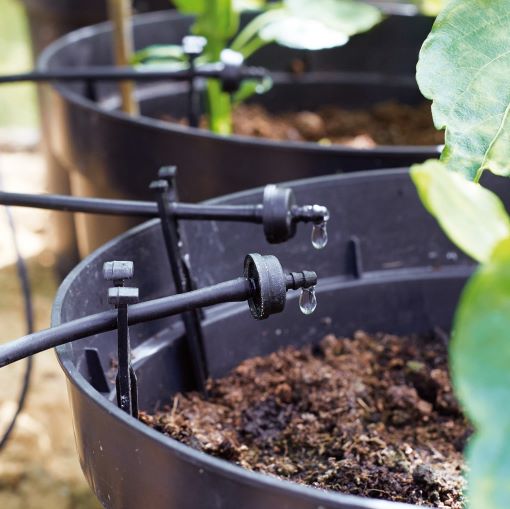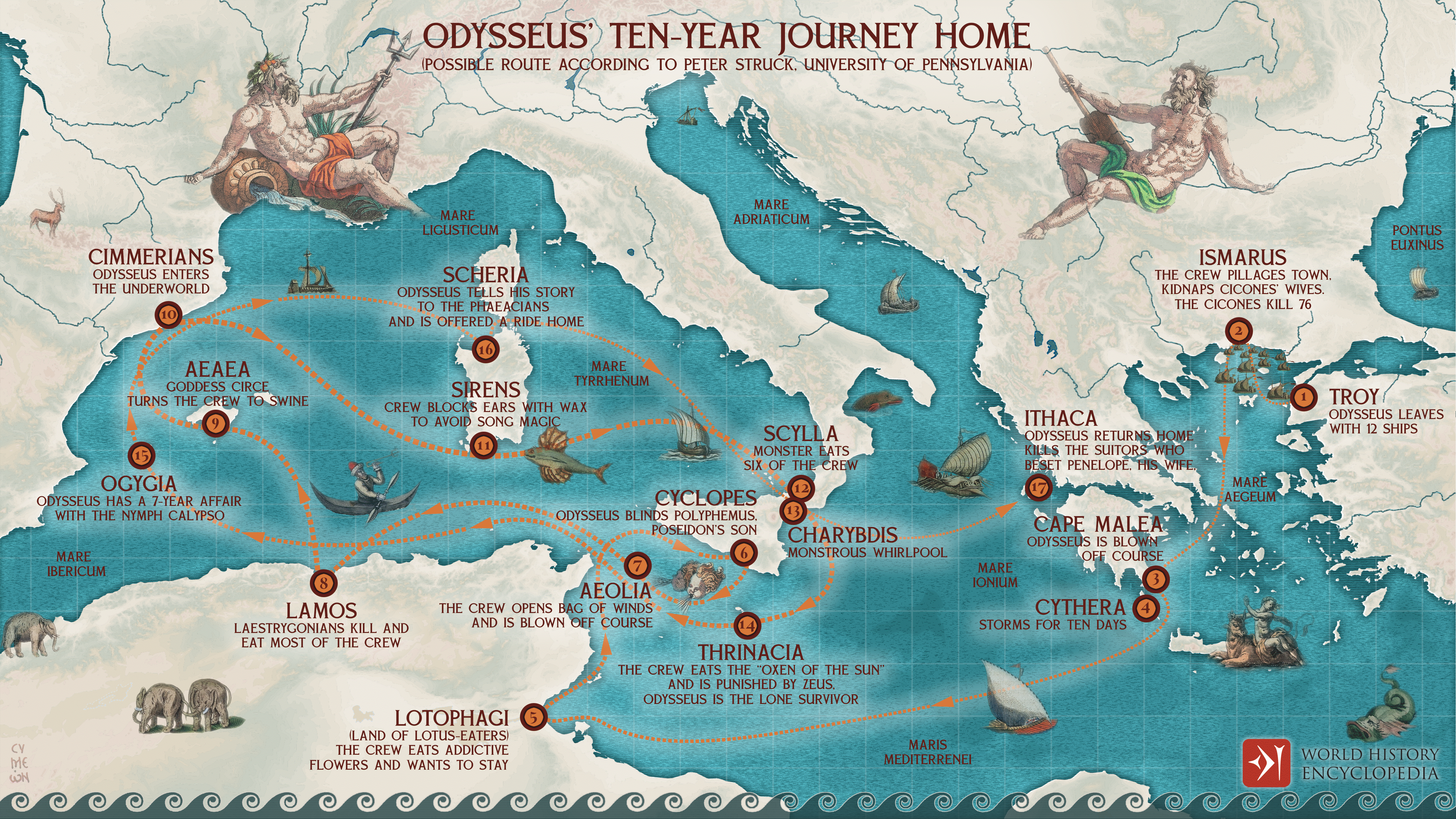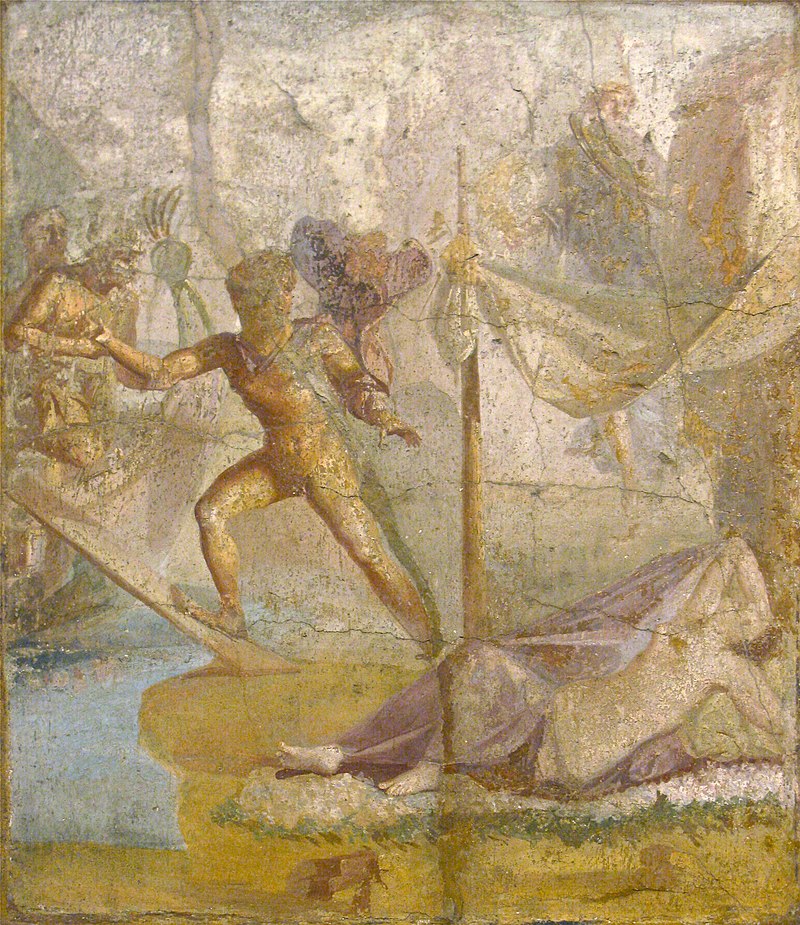Unveiling the Top 5 Benefits of Drip Irrigation System
Gardening is a fulfilling task that requires a lot of time and effort. Plants are living organisms that deserve all the care and nourishment we can give them. Unfortunately, time isn’t always on our side, and manually watering plants can quickly become a daunting task. This is where a drip irrigation system comes into play. Gone are the days of spending hours watering your garden beds. In this blog post, we’ll be uncovering the top 5 benefits of a Drip Irrigation System and why it is a gardening must-have.
Saves Water and Promotes Plant Growth
Drip irrigation is one of the most efficient ways to water plants. It delivers water directly to the plant’s root zone, ensuring that every drop of water goes straight where the plant needs it. In contrast to conventional watering methods, water loss due to evaporation and runoff is significantly reduced, resulting in water savings of up to 50%. Drip irrigation also promotes plant growth by maintaining a consistent level of soil moisture that fosters root development.
Reduces Fungal and Disease Infections
In outdoor irrigation, the leaves and flowers of plants can become wet, creating a favorable environment for fungi that cause diseases such as Downy Mildew and Botrytis Blight. By only watering at the plant’s base rather than on the leaves, drip irrigation reduces the probability of fungal infections and diseases. This method of irrigation, combined with an organic pest control plan, can significantly increase crop yields and plant health.
Saves Time and Labor.
A drip irrigation system like the Solar Watering System Irrigatia Sol C12 or the Irrigatia Sol C24 Solar Powered Irrigation System delivers water slowly over time, allowing you to water your plants more efficiently and effectively without having to lift heavy watering cans or hoses. Not only does this save time and physical labor, but it also creates more free time to focus on other important gardening tasks.
Easy to Install and Maintain.
Drip irrigation systems may seem complicated at first glance, but they are actually straightforward to install and require minimal maintenance. Once installed and programmed, the system can run automatically, allowing worry-free irrigation while you go about your daily routine. Additionally, drip irrigation reduces weeds, as it doesn’t deliver water to areas that aren’t needed, preventing weed growth.
Cost-Effective and Environment-Friendly
The cost of a drip irrigation system can vary depending on its complexity and size, but it is generally considered as a cost-effective method in the long run. As it delivers water directly to plant roots, evaporation and runoff are significantly reduced, which saves water and lowers water use bills. This, coupled with the fact that drip irrigation is environmentally friendly, makes it a wise investment for gardeners.
Conclusion:
A drip irrigation system is an excellent way to simplify your home or commercial gardening project’s daily watering needs. With its many benefits, it can improve plant health, save time and money, and enhance the overall performance of your garden. Now that you know more about the top 5 benefits of a Drip Irrigation System, why not consider installing one in your garden? Trust us, it will be a game-changer, making your life as a gardener so much more manageable and enjoyable.









